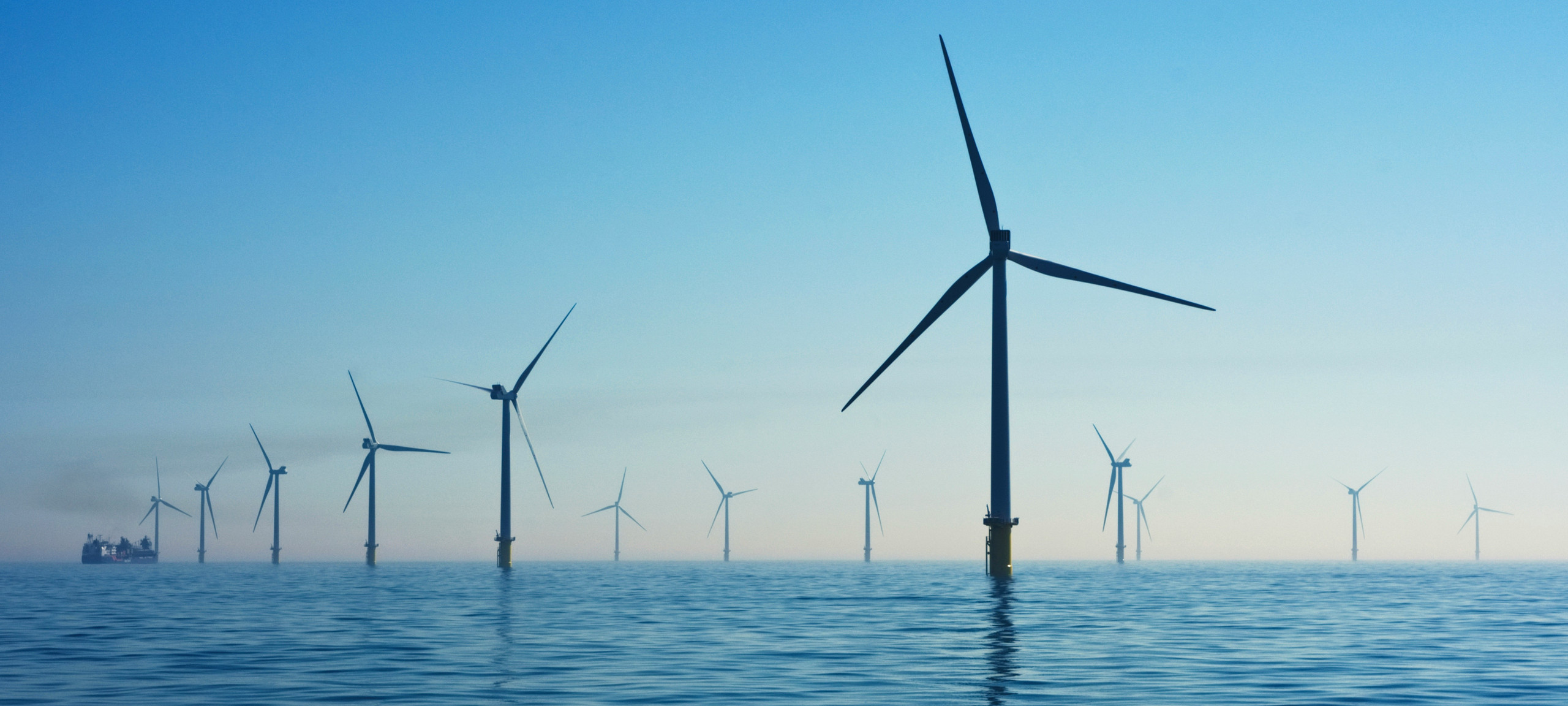
© Nicholas Doherty / Unsplash
WORLD OCEAN REVIEW: Energy and resources from the ocean
Our oceans: full of energy
Today, industry and business are interested in a wide range of resources found in the ocean, including sand, crude oil and natural gas, while preparations are under way for the industrial exploitation of vast ore deposits in the deep sea. At the same time, governments and corporations are expanding the production of green electricity from the sea. Both of these developments will result in even more large-scale human interventions in the ocean environment.
Humankind is facing a huge task. If limiting global warming to less than two degrees Celsius is to succeed, the energy supply of the world, including transportation and heating, must be converted to low-emission or emission-free technology. According to our present knowledge, such a transformation is absolutely impossible without the world ocean. The world’s oceans must be exploited for two processes simultaneously – almost certainly as a direct source of energy, and likely also as a source of raw materials.
Regarding the idea of energy production from the sea, mankind is now at a fork in the road.
World Ocean Review
Fig.: Manganese nodules grow in one way through the precipitation of metal oxides from the pore waters in marine sediments (diagenetic accumulation), and in another by the precipitation of manganese and iron oxides directly from the seawater (hydrogenetic accumulation). These two processes can occur simultaneously.
Regarding the idea of energy production from the sea, mankind is now at a fork in the road. New oil and gas deposits are still being developed offshore. These new reservoirs mostly lie at greater depths than before, and at greater distances from the coasts. While the global production of oil from the sea is high but fairly static, natural gas production is steadily increasing. More than a quarter of global fossil resource production now comes from the sea. At the same time, the primary investors in large offshore wind farms are oil producing companies. The wind farms are also being built at increasing distances from the coasts to take advantage of better wind conditions on the open sea. Technological advances have helped to build modern wind turbines much larger than their predecessors, and thus able to produce much more power. As a consequence, the prices for green offshore wind power are falling and demand is growing.
Fig.: Since 2002 the International Seabed Authority has issued 31 contracts for exploration of the sea floor for mineral resources. These comprise 19 contracts for the exploration of manganese nodules, five for ferromanganese crusts and seven for massive sulphides.
Because of the high potential of offshore wind energy, its production is one of the most important pillars of national and international strategies.
World Ocean Review
Because of the high potential of offshore wind energy, its production is one of the most important pillars of national and international strategies for sustainable energy production. Other systems, such as wave and current power plants, offshore photovoltaic arrays, or biofuels from algae are all still in the developmental stages. But, over the long term, these too must be employed to meet the increasing electricity requirements of modern societies.
Fig.: Technical progress makes it possible: modern offshore wind turbines are getting bigger and taller. With their long rotor blades, each new turbine catches more wind than previous models. The result: electricity from wind energy can be generated in larger quantities and, above all, more cost-effectively.
In the temperate and higher latitudes, the winds blow stronger and more consistently, meaning that the wind yield would be significantly higher than in the tropics.
From: World Ocean Review No. 7, 2021, Hamburg.
However, the expansion of renewable offshore energy, as well as the distribution and storage of electric power, can only succeed if the necessary power plants, power lines and battery systems are installed. These require increasing amounts of raw materials, whose extraction on land destroys habi- tats for mankind and animals on a large scale. The mining of large raw-material deposits in the ocean, especially in the deep sea, which contain a greater variety of metals and minerals than the deposits on land, would be a conceivable alternative. Our knowledge of these deep-sea occurrences has grown significantly over the past 20 years. The International Seabed Authority (ISA) with headquarters in Kingston, Jamaica, has awarded 31 contracts for exploring the sea floor for mineral raw materials since the year 2002. Preliminary designs in mining technology have been tested on site. These were accompanied by extensive expert investigations of the environmental consequences of possible deep-sea mining and the development of monitoring systems. The ISA is presently drafting and negotiating a set of rules for deep-sea mining in international waters. This could commence, according to experts, within five to ten years.
Environmentalists are calling for a general ban on mining in the seas. They point out that in view of the tense situation regarding resource supply, developing further natural resource deposits is not a solution. Instead, the enormous consumption of resources must be reduced to a minimum. This, however, would require a fundamental restructuring of the consumption-based economic system and significant changes in the behaviour of each individual consumer.
Published with the kind permission of maribus gGmbH.
mareverlag founded the non-profit organisation maribus in 2008 to raise public awareness of marine science and thus contribute to more effective marine protection. The focus is not on commercial considerations, but solely on raising awareness of marine issues. The World Ocean Review is a unique publication on the state of our oceans, reflecting the current state of science. All WOR issues can be ordered free of charge or downloaded as PDF files: https://worldoceanreview.com/en/
© maribus gGmbH
Acquire article rights
